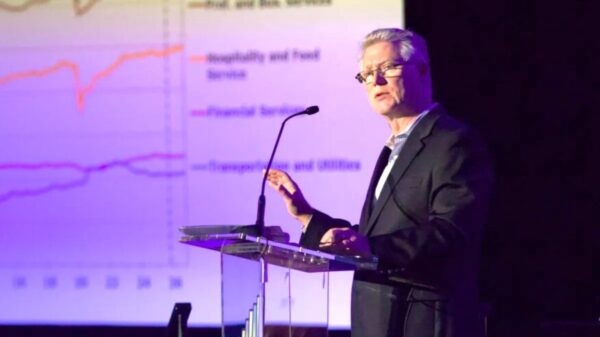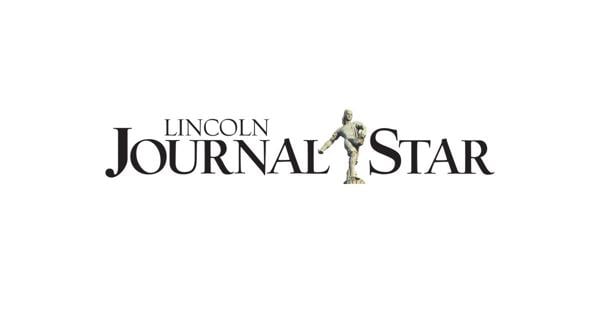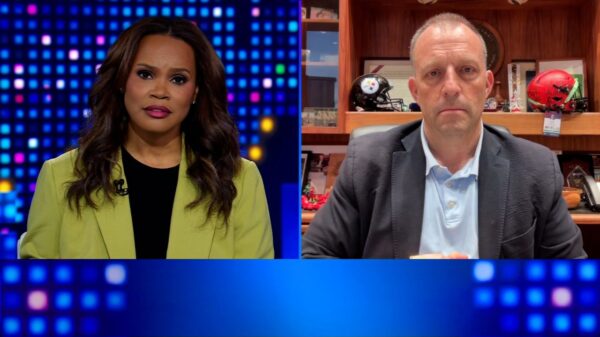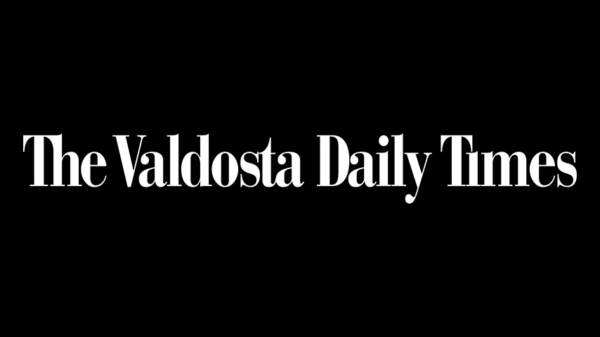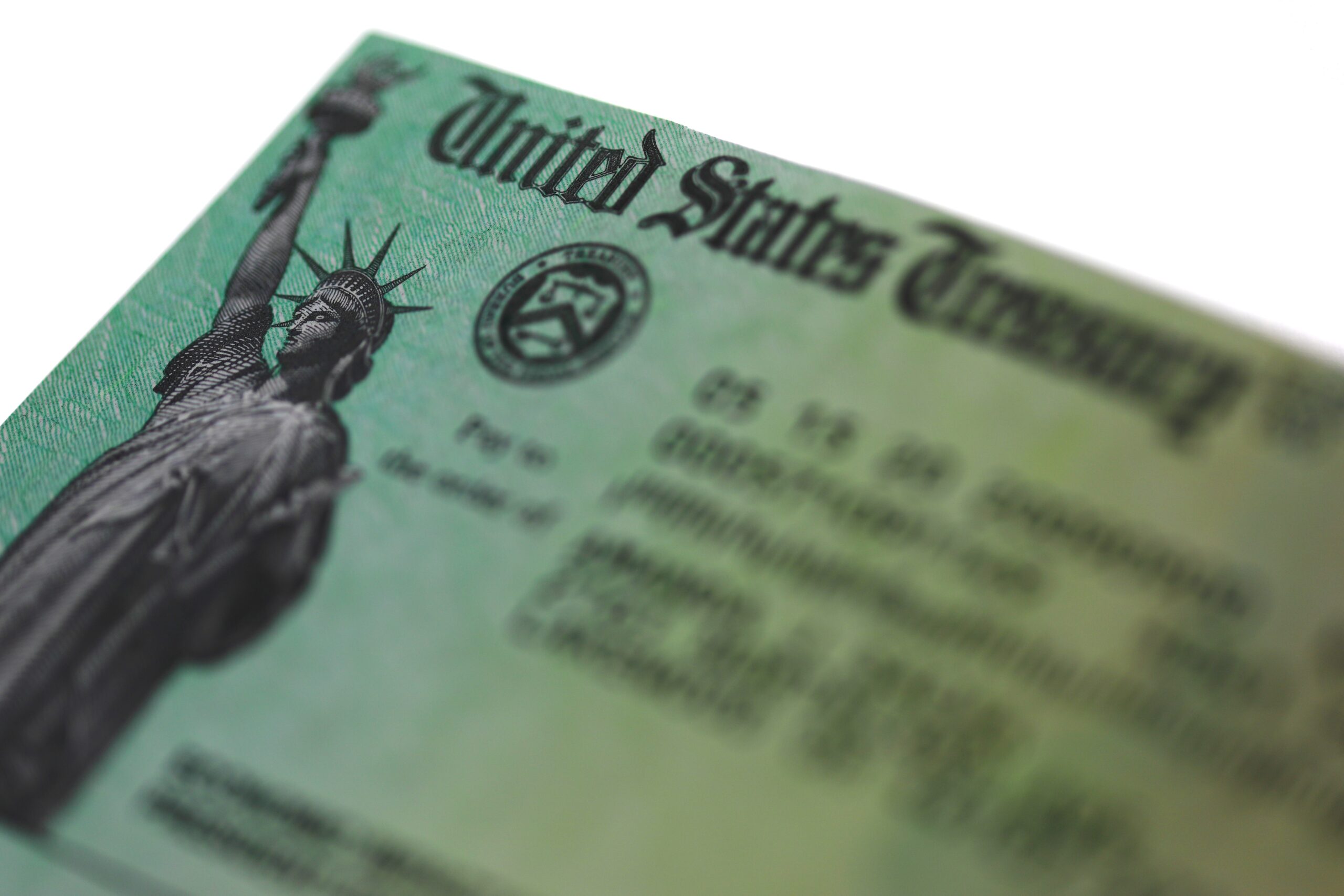In early 2023, a significant data breach was uncovered involving U.S. Treasury checks, revealing a systemic vulnerability within the postal system. A business owner in New Jersey found that five checks, each exceeding $200,000, were missing. Upon investigation, it became clear that fraudsters had hijacked his personal and business identities, creating a fake company to cash in on the stolen funds. This case, which resulted in a loss of $2 million, highlights a growing threat posed by physical data breaches occurring through the U.S. mail system.
While financial institutions have focused on preventing digital breaches, a less visible but equally hazardous method of identity theft has emerged through the mailbox. Since mid-2021, criminals have targeted U.S. Postal Service letter carriers to obtain access to “arrow keys.” These universal keys unlock thousands of collection boxes and mail units, allowing fraudsters to access vast amounts of mail. They primarily seek paper checks and the wealth of personal and business information contained within them.
The implications of stolen checks extend beyond mere financial theft. They serve as resources for creating stolen identities, impersonating businesses, and committing tax refund fraud. In the first three months of 2024, over $485 million in stolen Treasury checks were catalogued for sale online. Each compromised check carries with it vital information, including names, addresses, and routing numbers, facilitating the creation of entire identity theft profiles.
Analyzing data from the Financial Crimes Enforcement Network (FinCEN) from January to November 2024, a strong correlation was identified between check fraud incidents and subsequent identity theft. The findings revealed that an increase in stolen or altered checks reliably predicted a rise in identity theft occurrences. A study of 1,947 identities linked to stolen Treasury checks showcased a concerning trend: 60 out of every 1,000 appeared in high-risk applications, nearly double the baseline rate for identity theft.
To combat this rising threat, banks must adapt their fraud prevention strategies. Fraud teams should view check theft as an early warning system, monitoring whether an applicant’s information appears in known fraud markets. This proactive approach could significantly reduce the risk of account-opening fraud. Additionally, identity verification tools need to evolve to detect anomalies that traditional methods may miss. Implementing high-precision machine learning models can provide a more effective means of verification without causing unnecessary friction in the customer experience.
Furthermore, banks are encouraged to reassess their small and medium-sized business (SMB) onboarding processes. Recent research shows that fraudsters are reviving dormant limited liability companies (LLCs) with fraudulent ownership details, using them to apply for business products. Traditional validation methods, such as checking Employer Identification Numbers (EINs) and Secretary of State records, may no longer suffice. Instead, banks should investigate historical business activity and reinstatement patterns to uncover potential fraud.
There is also a call for greater engagement with policymakers. The U.S. Postal Service (USPS) has begun addressing its arrow key security issues, while the U.S. Treasury is gradually shifting towards digital payments, reducing the reliance on paper checks. However, neither system currently provides real-time feedback on fraud incidents. A collaborative effort among financial institutions, fraud intelligence providers, and public agencies is essential to understanding how physical data theft translates into digital fraud.
In 2024, the Internal Revenue Service (IRS) received 167.1 million individual income tax returns, issuing 105 million refunds. Approximately 20% of these refunds, or around 21 million, were distributed via paper checks. If just 5% of these checks were intercepted, the potential for over 1 million compromised envelopes emerges. Should even 6% of those individuals experience identity theft, the result could be more than 63,000 Americans affected each year. This scenario mirrors the impact of a midsize corporate data breach occurring annually, yet it goes largely unnoticed.
This analysis does not account for the numerous personal and business checks sent through the mail daily. These checks, which facilitate payments to vendors, landlords, and utility companies, are also being stolen and exploited for fraudulent purposes. Unlike digital breaches, which require disclosure and remediation by regulators, accountability for mail theft-driven identity fraud remains lacking. Victims receive no alerts or credit monitoring, and financial institutions are not mandated to inform consumers when their checks or identities appear in criminal marketplaces.
As a result, banks absorb the risks and burdens associated with these crimes. This issue extends beyond government oversight, exposing a significant blind spot in the private sector’s fraud defenses. The mailbox has transformed into a new breach vector, and it is imperative for financial institutions to recognize and address this threat accordingly.




















